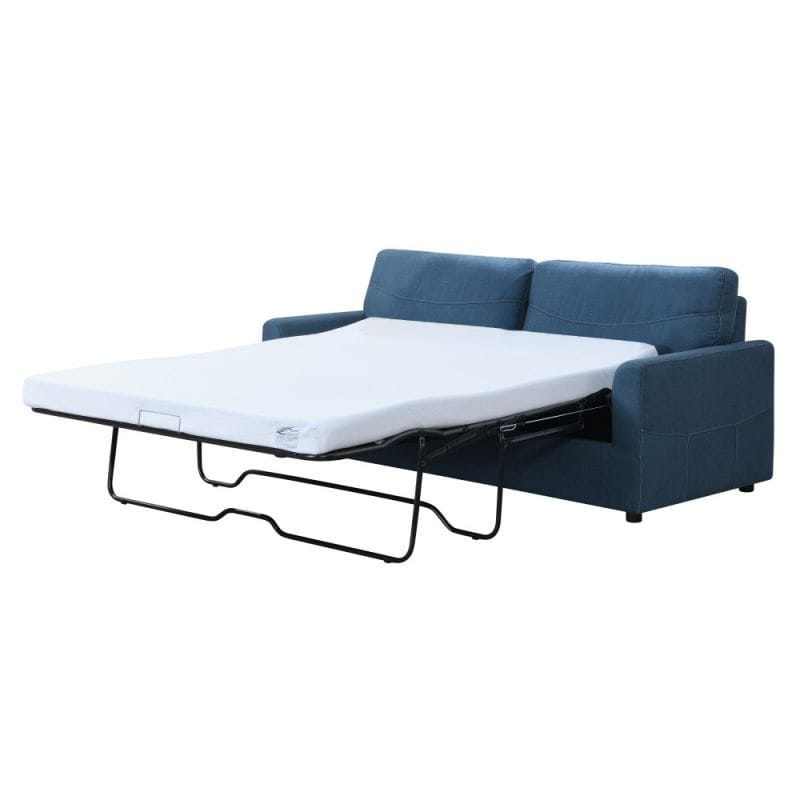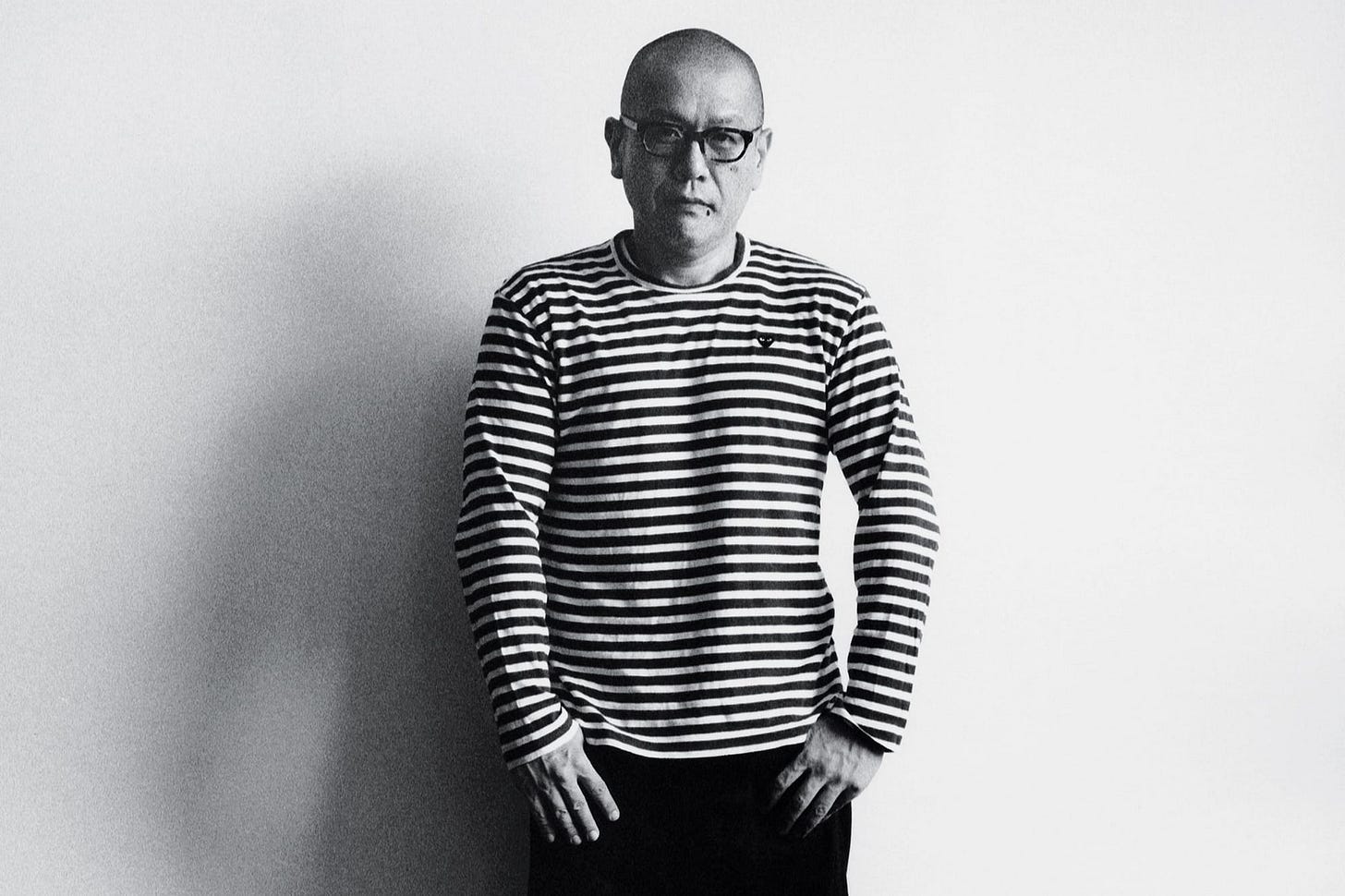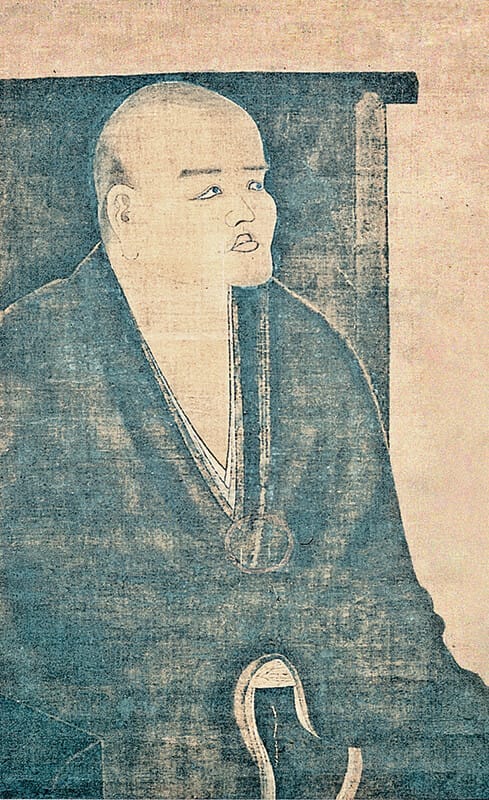"Snoafer": Saturn-Neptune and the Habit of Merging Things
New Balance's "snoafer" has found itself straddling between ugly and nice.
New Balance in collaboration with designer Junya Watanabe introduced the 1906L sneaker-loafer during Paris Fashion Week and the hype has found itself straddling between ugly and nice. The "snoafer" will officially be in stores this August.
With the current Saturn-Neptune transit (2024–2027) unfolding, it seems the snoafer is an apt shoe for the zeitgeist. The archetype of Saturn signifies structure and tradition while the archetype of Neptune symbolizes the dissolving of structures in the pursuit of wholeness. Saturn represents practicality while Neptune represents a sense of ease. Thus the merging of a sneaker with a loafer is just that–a shoe which imbues ease and practicality.
It is not surprising then, that a number of "merged things" have emerged during a major Saturn-Neptune alignment:
The spork (spoon-fork) was patented in 1874 during a Saturn-Neptune square (90º) alignment by Samuel W. Francis, and trademarked in 1970 during the Saturn-Neptune opposition (180º).
The Swiss Army Knife, a versatile multi-tool was invented in 1891 by Karl Elsener during a Saturn-Neptune square.
The sofa-bed was patented in 1899 during a Saturn-Neptune opposition by Leonard C. Bailey.
It seems in the act of merging things, Saturn-Neptune successfully creates a new category of products. By blurring the edges of what was with the imagination of what if, the beautiful reality of what is presents itself.
One individual under this Hypebeast article said of the snoafer: "this is horrible and i love it and i need it". The archetype of Saturn can often present itself as something distasteful, while the Neptunian archetype can be felt as an invisible lure. Such comments seem to indulge in this archetypal complex with tremendous accuracy.
The Real of Saturn and the Ideal of Neptune meet each other in a liminal space where initial criticism (Saturn) turns into blissful leisure (Neptune).
Junya Watanabe, the co-creator of the snoafer is known for his innovative approach to design. Synchronistically, he was born in 1961 during a Saturn-Neptune square.
Watanabe categorizes his work under the Japanese term monozukuri which means the "making of things". Monozukuri finds its cultural roots traversing 1000 years in the practices of Zen Buddhism and Shintoism.
The Zen principles of mindfulness, minimalism, and discipline are reflected in monozukuri through meticulous attention to detail, elegant simplicity, and dedication to craftsmanship.
Shintoism embraces the principles of deep respect for nature, harmony and balance between people, objects, and the environment, and engages in rituals to honor the spirits and natural world. The Shinto philosophy has influenced monozukuri in its sustainable production process, functionality, aesthetics, and its integrated approach to using traditional and modern techniques.
Both Zen and Shitonism evoke the archetypal combination of Saturn-Neptune: an austere, dignified, and minimalistic practice of connecting to the spiritual/religious world.
While Shintoism has no founder, the founder of Soto Zen, Dōgen Zenji was born in 1200 under a Saturn-Neptune conjunction.
To enter the Buddha Way is to stop discriminating between good and evil and to cast aside the mind that says this is good and that is bad. –Dōgen
An apt quote from the 13th century reminding us not to judge the snoafer.











